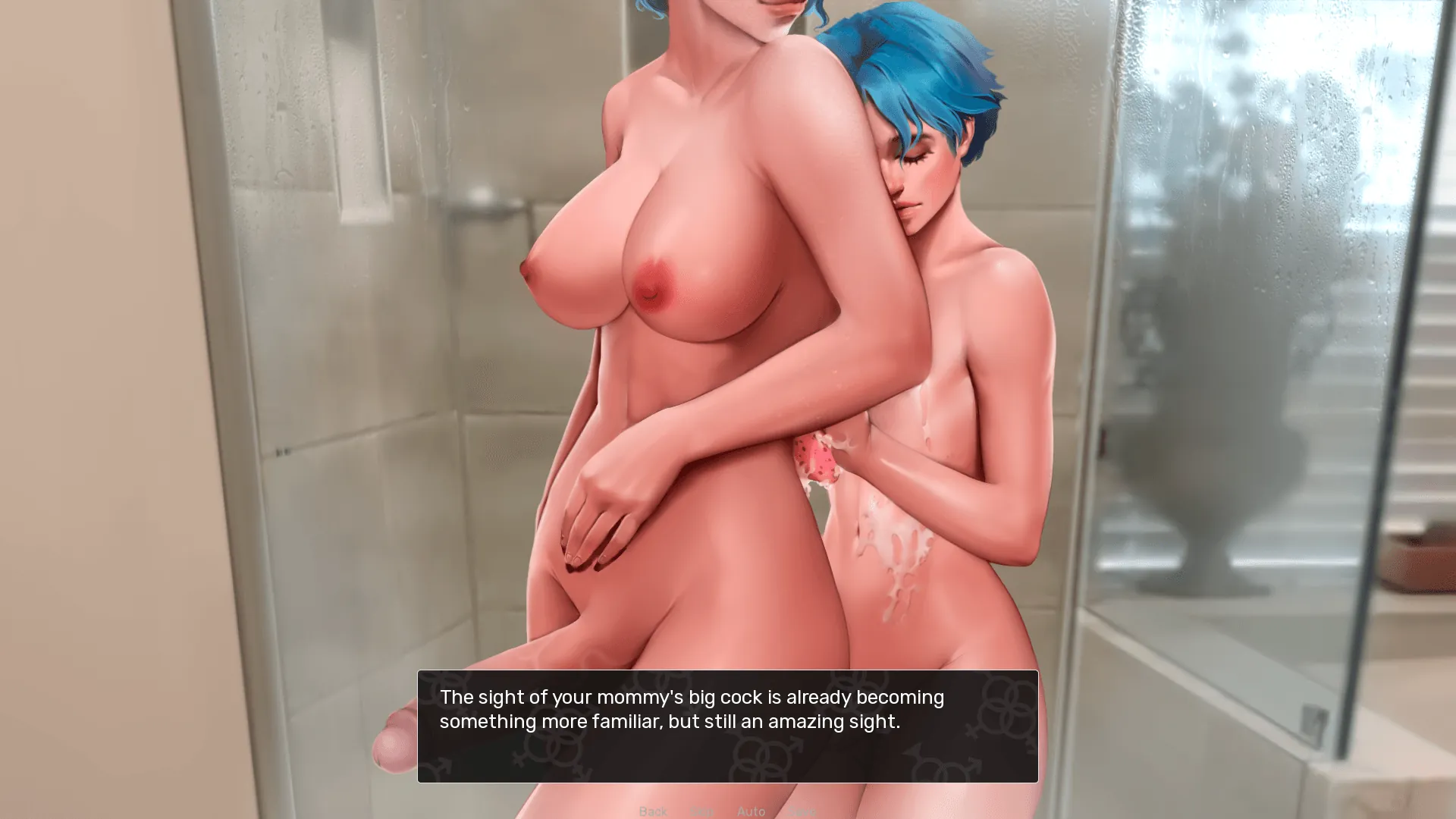
Red Lucy
Play Red Lucy
Red Lucy review
Unraveling the Mystery and Mechanics of This Story-Driven Experience
In the evolving landscape of story-driven games, Red Lucy emerges as a standout adult visual novel blending family drama with supernatural intrigue. This analysis explores how the game balances erotic elements with genuine character development, offering insights into its unique approach to interactive storytelling. Through examining gameplay mechanics and player experiences, we’ll uncover what makes this title resonate with fans of narrative-focused adventures.
Gameplay Mechanics and Interactive Storytelling
Branching Narrative Structure Explained
Picture this: you’re staring at two dialogue options in Red Lucy, sweating like you’ve just been asked to defuse a bomb 💣. Do you flirt with the mysterious bartender or call them out for being shady? Here’s the kicker: neither choice is “right,” but both will ripple through the story in ways you can’t predict. That’s the magic of interactive storytelling in this game—it doesn’t just react to your choices; it remembers them.
The branching narrative structure here isn’t some lazy “good vs evil” slider. Instead, it’s a tangled web of choice consequences that shape everything from character alliances to which locations you can access. For example, I once accidentally insulted a side character while trying to be funny. Three hours later, that same character refused to help me solve a critical puzzle. Oops. 🙃
What makes Red Lucy stand out? Its dream sequence mechanics aren’t just pretty cutscenes—they’re playgrounds where your inventory items morph into symbolic tools. Bring a joke book into a dream, and you might unlock a sarcastic dialogue path. Bring bread ingredients instead? Suddenly you’re baking your way through emotional trauma. 🍞✨ These sequences act as narrative amplifiers, turning mundane items into keys for hidden story layers.
| Feature | Red Lucy | Traditional Visual Novels |
|---|---|---|
| Choice Impact | Alters plot, relationships, *and* gameplay | Mostly affects dialogue or endings |
| Inventory Use | Items change dream outcomes | Limited to puzzle solutions |
| Endings | 12+ endings with mid-game branches | Typically 3-5 endings |
Pro tip: Replay value factors here aren’t just about seeing different endings—it’s about discovering entirely new middle sections. My second playthrough felt like a parallel universe where characters I’d ignored became central to the plot. Mind. Blown. 💥
Inventory Management and Puzzle Design
Let’s get one thing straight: Red Lucy’s inventory system is not your grandma’s point-and-click adventure. 🧩 Forget “use key on door”—here, combining a broken mirror with a love letter might unlock a surreal dream sequence that reveals a character’s hidden fear of intimacy. Wild, right?
The puzzle difficulty balance is razor-sharp. Early puzzles teach you to think symbolically (e.g., using a clock to represent “running out of time” in a negotiation), while late-game challenges force you to reconcile conflicting character motivations. I got stuck for 20 minutes trying to decide whether to burn a family photo to warm a freezing ally—a choice that later haunted me in the best/worst way. 🔥😬
Compared to classics like Monkey Island, Red Lucy trades slapstick humor for emotional weight. You’re not just solving puzzles; you’re navigating trauma and desire. The game even tracks your hesitation—spend too long staring at an item, and characters might comment on your indecision. Talk about pressure!
💡 Hot take: Always carry the candle item early on. It’s shockingly versatile across dream sequences and relationship scenes.
Here’s where the dream sequence mechanics truly shine:
– Bread-baking path: Unlocks nurturing story routes
– Joke book path: Reveals dark humor subplots
– Empty inventory: Forces raw emotional confrontations
And yes, you can soft-lock yourself by hoarding the wrong items. Ask me how I know. 😅
Relationship Dynamics System
If Red Lucy’s relationship meters were Tinder, you’d be swiping right on 8D chess. ♟️💘 Every interaction tweaks invisible connection scores that determine:
– Which characters trust you with secrets
– Who might betray you
– What dream sequences you access
During my first playthrough, I maxed out my bond with the alchemist Lucy, thinking it’d lead to romance. Instead, it unlocked her backstory as a war refugee—a plot thread that completely recontextualized the game’s central conflict. Cue existential crisis. 🌌
The replay value factors here are insane:
🔁 12+ endings ranging from bittersweet solos to polyamorous utopias
🔁 Hidden character modes (e.g., playing entire scenes from Lucy’s perspective)
🔁 Secret achievements for contradictory choices (try being brutally honest and diplomatically evasive)
With an average playthrough duration of 6-8 hours, you’d think the game overstays its welcome. Nope! The compact runtime makes those choice consequences feel urgent. You’re not grinding through filler—you’re laser-focused on untangling the story’s thorny heart.
Final verdict? Red Lucy doesn’t just want your attention—it demands your empathy. Every item, every quip, every lingering glance matters. And honestly? We’re all better gamers for it. 🎮❤️
Red Lucy demonstrates how adult themes can enhance rather than dominate interactive storytelling when handled with nuance. Its careful balance of mystery, character development, and player agency sets a new standard for narrative-driven games. For those seeking a thought-provoking experience that respects player intelligence, this title deserves your attention. Follow our guide to optimize your playthrough of the current early access build.











